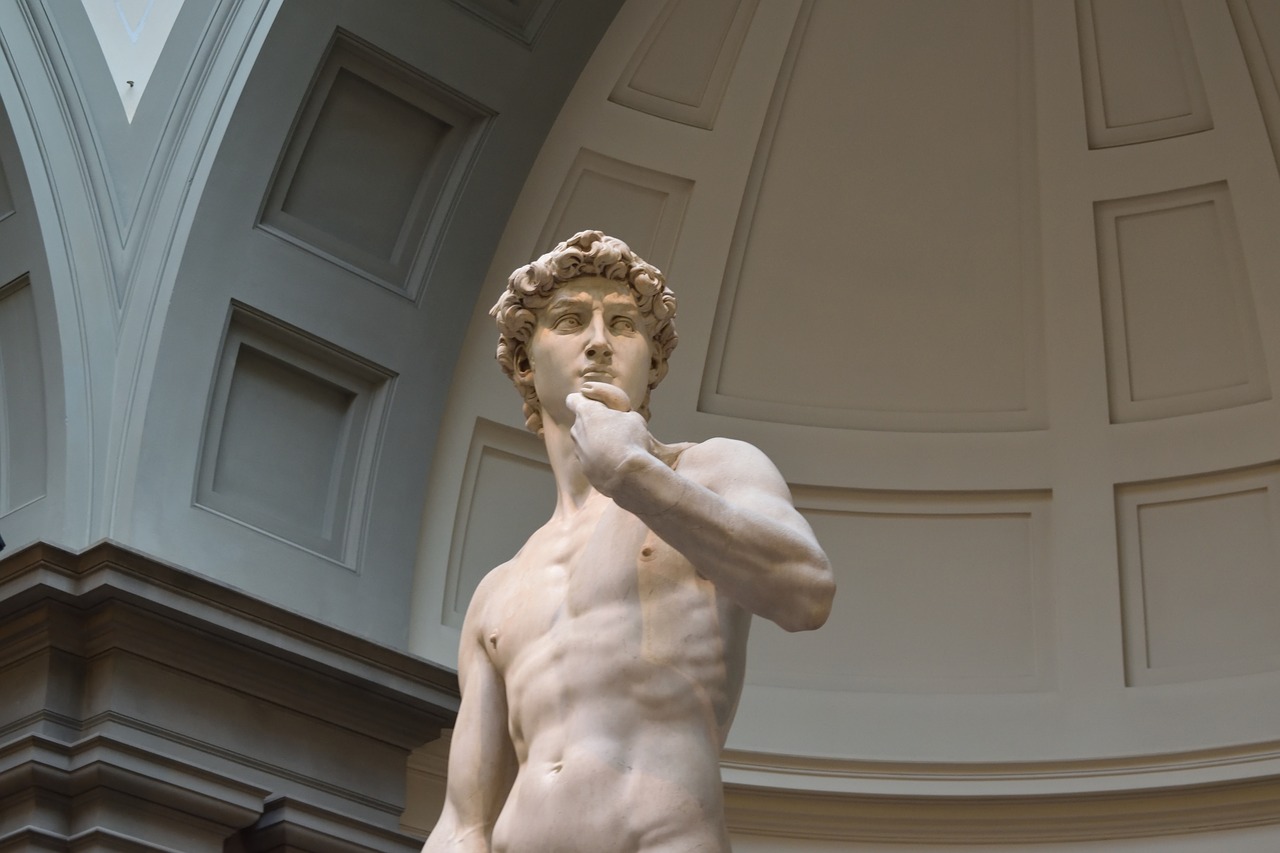I’ve lived in Japan for over 20 years now but still have so much to learn. When I sat down with global account manager Kazue Mori to discuss Ikebana, the Japanese art of flower arrangement, I realized how valuable it can be in our world of constant distraction. Mori explained to me how Ikebana helps people develop focus, peace of mind and decision-making.
Mori was introduced to the art by her grandmother at an early age. However, it wasn’t until she got older that she understood it’s true power.
In the 20th century, Ikebana was one of the big three things for Japanese women to learn; tea ceremony and calligraphy being the other two. However, Mori explained to me that originally Ikebana was meant for “bushi” or samurai as a way of teaching concentration, especially before they went into battle.

For those unfamiliar with Ikebana, it’s not about adding or rearranging things to look more beautiful, but about the beauty of reduction and simplification. Michaelangelo’s David was crafted in a similar way, out of a single slab of marble. When asked about how he made it, he remarked: “I saw the angel in the marble and carved until I set him free.” The same can be said for Ikebana. It’s all about removing what isn’t needed to release its full beauty.
Ikebana has three stages:
Stage 1 – Observe
Brian Tracy says that “one minute in planning saves 10 in execution.” It seems Ikebana understood this philosophy, as when I asked Mori how long the observation stage can take, she replied “Indefinitely. Some people spend hours.”
This taught samurai patience, not to be overeager nor underestimate their enemy in battle. “Time is money” is an axiom we in the West were brought up with, but in the East, it’s about doing things right even if it takes longer. Simply look at Ford and Toyota. While Henry Ford invented the car, it was Toyota and the other Japanese car manufacturers that dominated the industry for so many years.
In Ikebana, everything matters; but the three big things are “the color, the shape, the atmosphere of the room.” Too often in business people overcomplicate things, but as Da Vinci once said, “Simplification is the ultimate form of sophistication.” Anyone can make things more complicated, but it takes a little bit of genius to make things simple.
Stage 2 – Decide
There is an interesting difference between the amateur and the professional. Amateur photographers take hundreds of photos. Professionals take their time, look for the best position to shoot from, get set up and wait to take just a few shots. The same is true in rock climbing, the amateur takes one quick look and gets started. The professionals take their time imagining every move.
When the experienced Ikebana artist starts to cut, they know exactly what to remove as they envisioned the finished product in the first stage.
Stage 3 – Reflect
Mori explained that while cuts are made with intention, sometimes in the process of cutting one area the artist breaks another piece. They must then find a way to recover from failure. On the battlefield, where minutes could cost their army valuable lives or even their own, samurai needed to be able to reexamine their situation and made take action quickly. The same is true in the business, CEOs and managers have a plan, but inevitably things happen out of their control. They need to be able to reassess what to do then and there.
Learn to Adapt
Another valuable lesson one can learn from Ikebana is there is no one right way. While textbooks have “rules,” it’s not an exact science. It’s an art form. It’s not uncommon in business for people to clash due to their culture, after all, most people have either been taught with Western philosophy, which focuses on achievement, while Eastern Philosophy focuses on harmony. That makes sense, because in the corporate world in the West, business know-how is the most sought-after value, but in Japan it’s loyalty. That’s why one of the most powerful qualities a leader can have today is adaptability.

A New Age
We live in a 24/7 world where we’re always within reach. We used to marvel at that achievement, but for some, it’s become a nightmare. There’s no escape. We’re constantly being bombarded by emails, SNS messages, or social media alerts. It’s no surprise that more and more seminars like Marie Kondo’s are hot as concepts such as meditation, peace of mind and focus unleash our true productivity potential.
After talking to Mori, I have to wonder, will Ikebana be the next big thing?


